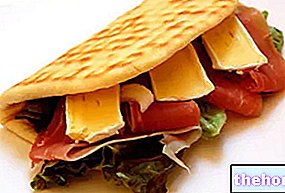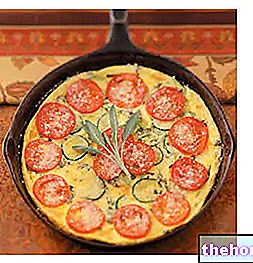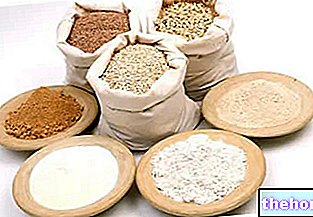What are
The organoleptic characteristics of a food reflect the qualities perceivable through one or more sense organs. Appearance, color, shape, aroma, flavor, consistency and related characteristics (fluidity, viscosity, friability) are just some of the most important and well-known organoleptic characteristics.

Through the "panel tests" the experts evaluate the color, shape (sight), texture (sight, hearing, touch), smell (smell) and taste (smell, taste) of a given food. These exams are performed by people predisposed and trained to recognize these characteristics, thanks also to the help of particular techniques.
The panel tests are also supported by chemical-physical tests to objectively assess safety and any food fraud. These controls are able, for example, to detect the rancidity of a flour even before the alteration can be perceived by human taste.
The association between sensory tests, therefore subjective, and physico-chemical tests, provides useful elements for the production and trade of food products.
Food color
it is a very important organoleptic characteristic from a psychological point of view; there are, for example, advertising marketing studies focused exclusively on the appearance of labels and their ability to attract the consumer.
From a chemical and legislative point of view we talk about:
- Pigments: substances naturally present in food that reflect color; lycopene, if we think of tomatoes, is an example of a pigment.
- Dyes: substances that are fixed on the food and modify its natural color.
- Chemically, we classify coloring substances into:
- Chromophores: color bearers.
- Auxocrome: adjuvants of the color, that is able to enhance it.
- Chemically, we classify coloring substances into:
Taste of food
it can be modified thanks to one or more substances that interfere with the perception of the four main characteristics (or basic) of taste: salty, sweet, sour (or acid) and bitter.
Acid
It depends on the concentration of H + ions present in the food
Savory
Salts of alkali metals. In table salt or NaCl, the perception of salty is linked to the presence of sodium, while chlorine alone is not salty.
Sweet
Hydroxyl groups (abound in sugar) and / or formation of hydrogen bridges (some amino acids or small peptides are able to give a sweet taste to the food)
Bitter
Mg ++ and NH4 + ions or alkaloids (found in coffee, digestives, and many other foods)
Smell
it depends on the volatility, the fat solubility and the tendency of some substances to form bonds with proteins.
Aroma of food
complex sensations related to the smell, taste and physical structure of the product, in some cases hearing is also involved ("crack" of the breadstick, "scrock" of the chips, etc.).
The aromatic substances that are most perceived, both positively and negatively, are almost all fat-soluble. For this reason, in most cases, a tasty food is a fatty food (a lean steak is almost tasteless, while a sausage is usually much tastier).
Often the aroma of a food product is enhanced through specific techniques (roasting of coffee, fermentation of milk or cheeses, seasoning of cured meats, etc.).




























